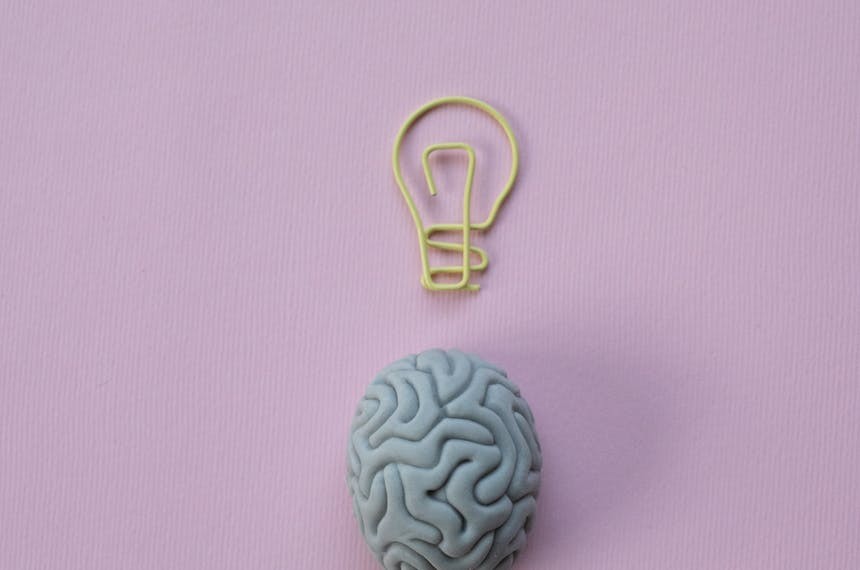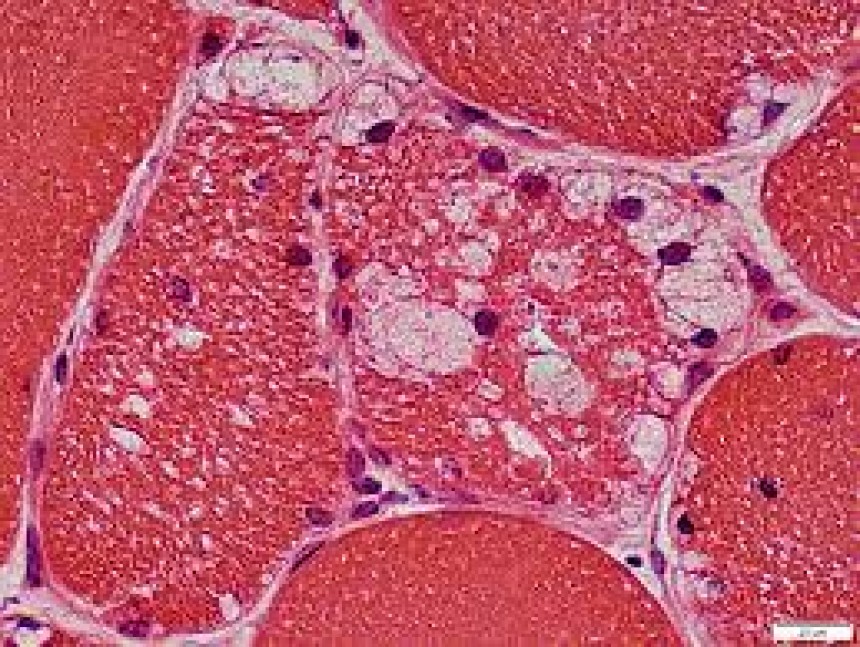
Parkinsons disease DBS
Deep Brain Stimulation (DBS) is used for severe Parkinson's motor symptoms. It's safe and reversible, targeting brain regions with implanted electrodes. Risks include infection and hardware issues. Long-term benefits include improved rigidity, tremor, and motor fluctuations, but bradykinesia improvement may decline.
Indications for DBS:
Indications for Deep brain stimulation (DBS) include severe motor fluctuations despite optimal levodopa and adjunctive therapy, motor fluctuations causing disability, severe dyskinesia that require frequent treatment adjustment without apparent benefit, and when levodopa doses are required four or more times daily.
Mechanism and Effectiveness of DBS:
DBS produces is safe and entirely reversible. It exerts physiological effect without destroying brain tissue. DBS works by cellular degeneration of substantia nigra and corresponding loss of dopamine production in internal globus pallidus (GPi) and subthalamic nucleus (STN). These, in turn, cause reduced thalamocortical activity, which is believed to mediate akinesia and rigidity. Pallidotomy reverses the excess pallidal inhibitory effect and improves Parkinsonism by targeted ablation of the GPi. DBS of the ventral intermedius nucleus (VIM) of the thalamus is effective only for tremor. For bradykinesia and motor fluctuations, DPS of the GPi and STN are performed.
Procedure of DBS:
Stereotactic brain surgery for unilateral or bilateral electrode placement. The implanted leads are then connected via a wire anchored to the burr-hole site and tunnelled under the skin to a pulse generator implanted in the chest wall below the clavicle. When turned on, the battery- powered pulse generator delivers high frequency electrical stimulation to the particular target region. (2)
Risks and Side Effects:
DPS has an increased risk of complications related to surgery including bleeding, infection and seizures. Other side effects include hardware complications in nearly 5% of patients. The risk of cognitive, behavioural disorders and suicide were reported as 0.26% per year. (3)
Factors Predictive of Benefit and Duration of Benefit:
Factors predictive of duration of benefit to DPS include levodopa responsive symptoms which are more likely to improve following surgery and the duration of levodopa effectiveness. (4) Long term studies have been conducted for both GPi and STN stimulation (with at least 5 to 10 years, respectively) showed longevity improvement in rigidity and tremor during "off" periods, which are maintained in the long term compared with the pre- DBS baseline. Control of dyskinesia and motor fluctuations is also maintained long term. However, early improvements in bradykinesia begin to decline by five years. (4, 5)
References
1-Hacker ML, Turchan M, Heusinkveld LE, et al. Deep brain stimulation in early-stage Parkinson disease: Five-year outcomes. Neurology 2020; 95:e393.
2-Rodriguez-Oroz MC, Obeso JA, Lang AE, et al. Bilateral deep brain stimulation in Parkinson's disease: a multicentre study with 4 years follow-up. Brain 2005; 128:2240.
3-Anderson VC, Burchiel KJ, Hogarth P, et al. Pallidal vs subthalamic nucleus deep brain stimulation in Parkinson disease. Arch Neurol 2005; 62:554.
4- Odekerken VJ, van Laar T, Staal MJ, et al. Subthalamic nucleus versus globus pallidus bilateral deep brain stimulation for advanced Parkinson's disease (NSTAPS study): a randomised controlled trial. Lancet Neurol 2013; 12:37.
5-Welter ML, Houeto JL, Tezenas du Montcel S, et al. Clinical predictive factors of subthalamic stimulation in Parkinson's disease. Brain 2002; 125:575.





